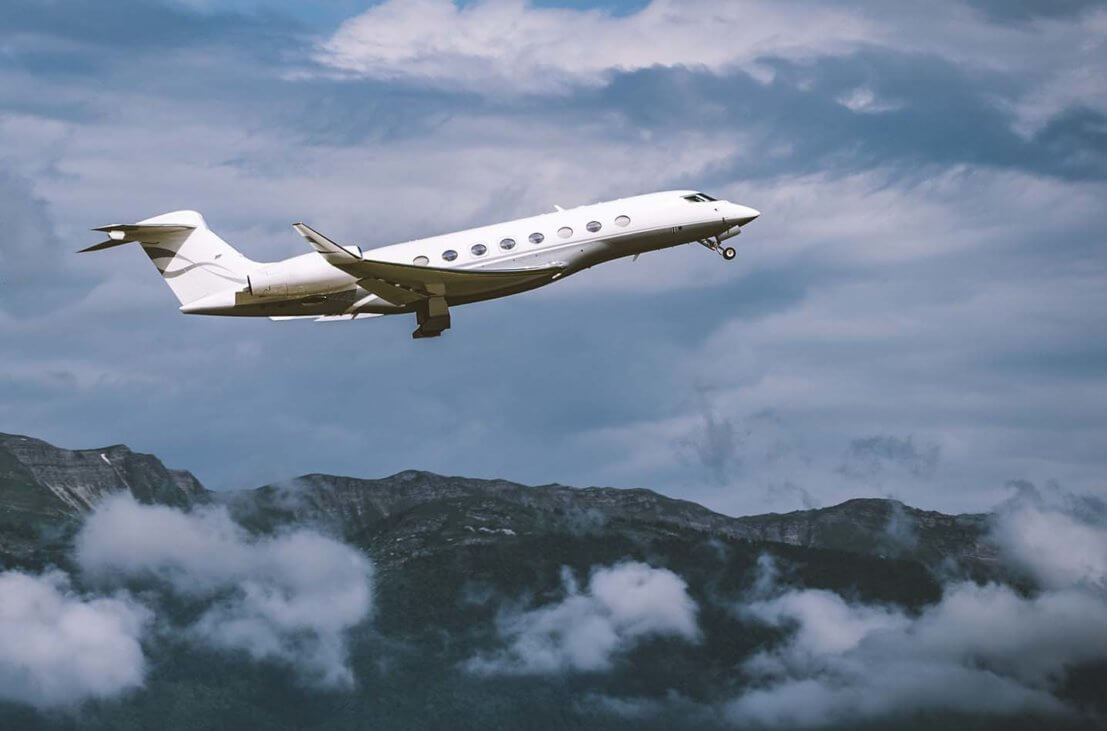
Updated Aug. 15, 2022
All carriers and some non-commercial operators flying passengers into the EU must register now for the entry programs required by the European Parliament that will go into effect May 2023. EU regulations 2021/1217 and 2021/1224 require operators to query the Entry/Exit System (EES) and European Travel Information and Authorization System (ETIAS) in order to receive details regarding the status of travelers arriving to the Schengen area. The European agency for the Operational Management of Large-Scale IT Systems in the Area of Freedom, Security and Justice (eu-LISA) is administering the two systems.
The EES will replace the manual stamping of passports with an electronic record of entries and exits. As of May 2023, carriers will need to verify whether third-country nationals traveling to the EU on a short-stay – be it a single- or double-entry visa – have already used the number of entries authorized by their visa. For travelers that do not require a visa to visit the Schengen area, such as US citizens, the program will ensure they do not stay beyond the 90 day limit.
From November 2023 onwards, the ETIAS will require carriers to verify, prior to boarding, that their visa-exempt passengers have a valid travel authorization to enter the Schengen area.
ETIAS will be a largely automated IT system created to identify security, irregular migration or high epidemic risks posed by visa-exempt visitors traveling to the Schengen states, while at the same time facilitate crossing borders for the vast majority of travelers who do not pose such risks. Non-EU nationals who do not need a visa to travel to the Schengen area will have to apply for a travel authorization through the ETIAS system prior to their trip.
Applicability
According to Schengen Borders Code article 2.15, a “carrier” is defined as any natural or legal person, whose profession it is to provide transport of persons. Therefore, the registration requirement applies to all Part 135 and 125 operators, as well as Part 91 operations using outsourced management services.
The eu-LISA indicated that if the aircraft is owned by a private individual or organization and managed by a professional operator, the operations will need to adhere to EES and ETIAS requirements – even if flights are not open to the public. In this respect, “managed” means that crew, maintenance, handling and all aspects of conducting a flight are facilitated by a management company.
However, if the aircraft is owned by a private individual or organization, the crew is hired directly by the aircraft owner, and flights are not open for public use or charter, the operation will not be required to use the new systems.
Registration Process Steps
Operators who regularly travel to Europe should register for the program as soon as possible. The EU had a registration deadline of February 2022, even though the program was scheduled to launch in September 2022, because of the lag time in the registration process.
- The operator’s single point of contact registers the operation by sending an email titled: “Carrier Registration Request” to the dedicated email address: carriers_onboarding@eulisa.europa.eu.
- This email should include the completed eu-LISA Carrier Registration Form (Word) with contact information for the operator’s singular point of contact.
- If applicable, the point of contact registers for System-to-System access.
- In case eu-LISA requires clarification during one of these steps, eu-LISA service desk operators will contact the sender via email.
- All registered contacts must submit a completed non-disclosure agreement (NDA).
- Contacts that have delivered an NDA will receive a text message with encryption keys.
Details of the registration process and forms can be found in the eu-LISA Introductory Letter: Carrier Registration Process (PDF).
For additional information about EES or ETIAS, visit the EU LISA’s FAQ resource, email eu-LISA at carriers_onboarding@eulisa.eruopa.eu, or email NBAA at ops@nbaa.org.


 International Business Aviation Council Ltd.
International Business Aviation Council Ltd.